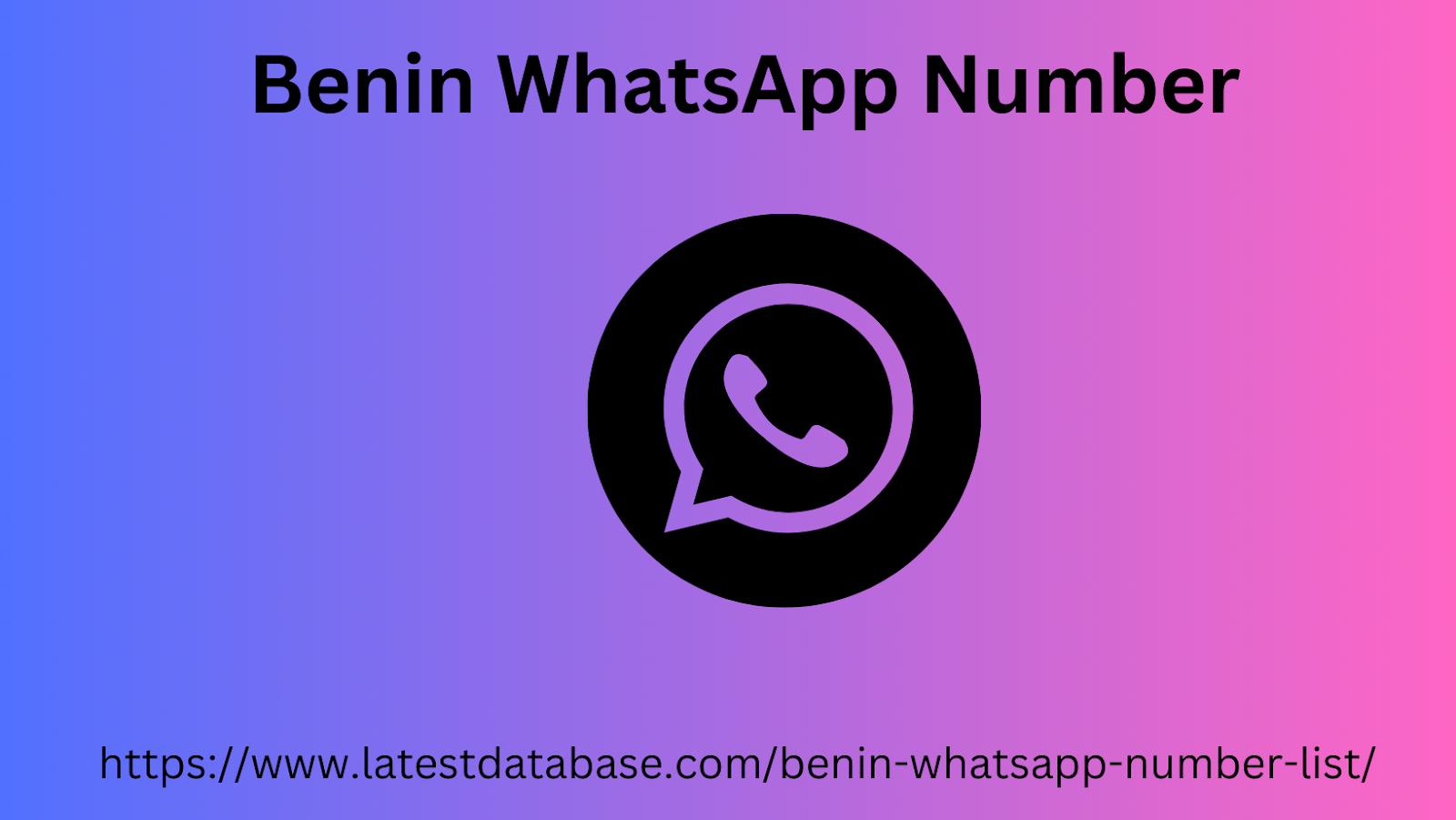|
|
The one that has the highest volume while also being most relevant to the content as a whole – should appear in both the title of the piece and in the URL. It’s important to optimize your title, or headline, for SEO, but it also needs to be appealing and clickable to humans. “How to Grow a Beard: Video” might do OK, but it’s not as exciting as “How to Grow a Full, Manly Beard in 4 Weeks.” Check out these tips on how to write a great headline. content marketing headlines Your keywords should also appear in the body of your content. I’m not talking about keyword stuffing, but don’t be so afraid of keyword stuffing that you don’t actually use your keywords.
If you’re writing a long-form guide, they will fit right naturally into the headings that break Benin WhatsApp Number up the sections. For example: using keywords in cornerstone content This way, both search engines and readers can clearly see that your content is relevant to their questions. It also helps them scan and skip around, which web readers are especially wont to do. Don’t forget about image optimization – use relevant keywords in your image file names, use alt text, and keep your images light and fast-loading.

(Also, use plenty of images in your content – one per every 100-200 words or so.) If you’re creating a video or an infographic, make sure you provide some supplementary text that Google can “read” – like a transcript. Be wary of infographics in general – they don’t necessarily provide a great mobile experience. Consider responsive, even interactive forms of data visualization that aren’t just a giant image file. In fact, whatever the content type, make sure it works just as well on mobile! The “mobile-first index” is a reality we can’t ignore. These on-page elements are really important, but don’t forget about off-page SEO, AKA links. Create some internal links to your new cornerstone content piece, ideally from high-value.
|
|